As a hobbyist who likes plugging BJTs and discrete components into solderless breadboard for entertainment and education, I recognise that people like me are an insufficient market to make it worthwhile for manufacturers to continue production.
I've noticed that on this website a lot of questions about BJTs are answered with recommendations to use a purpose specific IC or a PIC instead.
I also enjoyed reading 555 best IC ever or obsolete anachronism
I note 555s and through-hole BJTs are available and pushed by hobbyist shops online.
I have some cheap solar powered LED lamps to mark the edge of a path, recently one was broken so I opened it up and found this board with three through-hole BJTs and a bunch of other discrete through-hole components on a single-layer board.

So why do some large-volume manufacturers still use this sort of technology?
The only reasons I can come up with are
- Its a really old design and not worth redesigning?
- The educational market is bigger than I imagine?
- Maybe old BJT production machinery can be shipped to low-wage economies and kept running for years at minimal cost?
- Wages are still low enough in China to sustain this kind of technology?
- There are a lot of old engineers around leveraging accumulated wisdom with 555s & BJTs?
- Discrete through-hole BJTs are still the best solution for something (what?)
Do engineers still design for volume production using through-hole BJTs?
